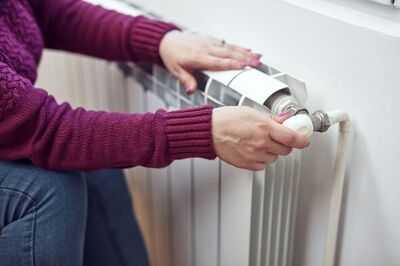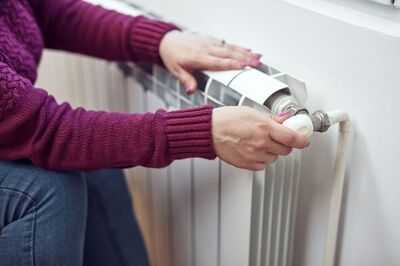
Saving money on your energy costs could mean insulating parts of your home to prevent heat loss, but a simple method is to bleed your radiators. When winter approaches, you will begin to rely on your central heating system to keep your property toasty.
However, before you turn the radiators on, you should bleed them to remove any trapped air and ensure a more energy-efficient heating system. By bleeding your radiators, you release the trapped air, meaning the heat can flow more freely and heat your home. This yearly task does not take long and is really easy to do, too.
Engineers at Vaillant explained that if your radiators are full of air, it can prevent the hot water from reaching all the space inside.
They said: "You could have your heating on full blast, but if it's not spreading evenly through your radiators, your system will be working harder than necessary to try and heat your home, meaning you are wasting energy, which will result in higher heating bills."
Some of the signs to look out for that suggest you should bleed your radiators are when you put your heating on and your home is still cold, or if you hear a bubbling sound when you first turn your heating on.
Another thing to check is when you touch your radiators, and if you notice that they are hot at the bottom but cold at the top, it can also suggest that there is air trapped in the system.
How long it takes to bleed your radiators depends on the number of radiators in your home and the amount of air in them. It's estimated that it should take 30 seconds to a minute for each radiator.
To bleed your radiators, you need a radiator key so you can open the valves on your radiators - you'll be able to buy one of these from most DIY shops.
For the first step, make sure your heating is switched off and give it some time to completely cool down, including the pipes and radiators.
Next, place your radiator key on the radiator valve. Have a cloth on standby in case you need to wipe up any drips.
Turn the key slowly anti-clockwise to begin releasing air from the radiator. You will hear a hissing sound as soon as the air drops out. The engineers pointed out that a quarter turn should be enough.
Let some of the heating water run out of the radiator, and once it stops, place the key in the valve and close it by turning the key clockwise.
Finally, turn on your heating and give your radiator time to heat up. When you bleed a radiator, you may get a low-pressure warning on your boiler or notice that the pressure gauge is below one bar. In that case, you will need to repressurise the boiler using the "system filling loop".
You may also like

'Masterpiece' BBC TV series that's an absolute classic fans still say is a '10/10'

Cold storage facilities save South Kashmir apple growers from heavy losses after highway closure

IIT Delhi, Kendriya Vidyalaya Sangathan partner to boost STEM education in schools

Families urged to take action if they see sparrows in garden

Bruce Springsteen biopic director says he has enough 'chapters' for a sequel







